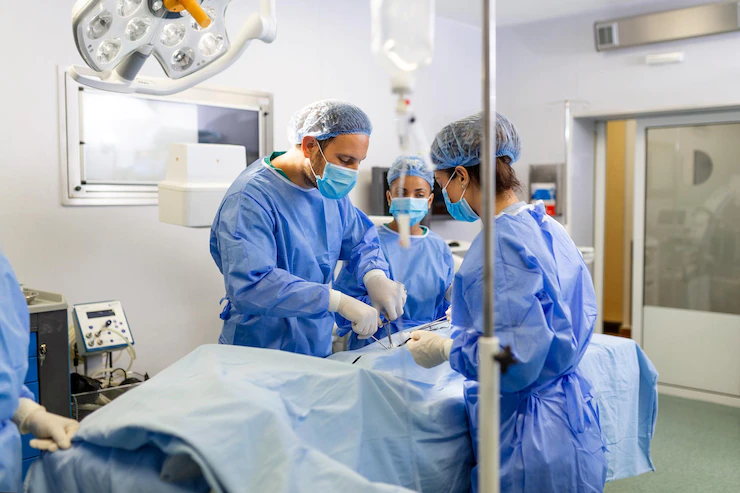Laparoscopy is the most common form of surgical modality which is minimally invasive. Extensive surgeries can be done using a few 0.5cm incisions in the abdomen through which the telescopic camera and other instruments are inserted. It has many advantages including smaller incisions, less infection, less pain and quicker recovery over the conventional open surgery. Diagnostic laparoscopy is the most basic form in which one is able to inspect all the abdominal organs after distending the abdomen using CO2 gas. Depending on the problem, a wide variety of surgeries like removal of cyst (cystectomy), removal of fibroid (myomectomy), removal of fallopian tube in ectopic pregnancies and hydrosalpinx (salpingectomy) and even removal of uterus (hysterectomy) can be done in Operative Laparoscopy.
Hysteroscope is also a minimally invasive instrument used to visualise the uterine cavity. It helps to ascertain the cause for abnormal uterine bleeding and recurrent abortion or infertility in women. Operative hysteroscopy can be used for removal of endometrial polyp, submucous fibroids or for resection of septum and adhesions inside the uterus. This is a revolutionary concept of being able to operate inside the uterus which is a very small cavity without damaging the uterine wall.

